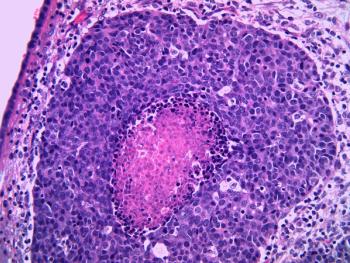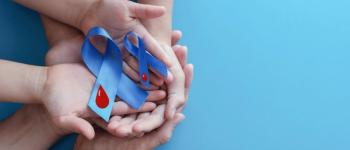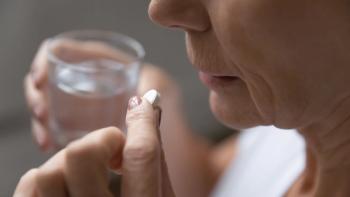
Social Strategies Increase HIV Testing
Face-to-face recommendations from peers may be a more effective method to motivate high-risk patients to get tested for HIV, the results of a recent study suggest.
Traditional counseling, testing, and referral (CTR) programs to increase HIV testing among those at high risk for infection are limited, especially since many patients do not take the initiative to get tested. To improve testing recruitment, social network strategies (SNS) enlist patients who are either HIV positive or at high risk for HIV to direct their friends, family, partners, and peers at risk for the disease to undergo testing. Although the approach has demonstrated efficacy, it can be costly, as most programs pay recruiters for each referred patient who undergoes testing.
The current study, presented on October 13, 2014, at IDWeek 2014, compared SNS with traditional CTR programs on effectiveness. Data was collected from 45 testing sites that use SNS and standard CTR programs in Wisconsin from 2008 to 2012. The study also evaluated whether recruiters abuse SNS programs to earn more money by analyzing the level of HIV risk for the referred patients of high-volume recruiters.
Overall, 2169 patients were tested through SNS, while 48,318 were tested trough CTR. Among those tested through SNS, 2.49% tested positive for HIV, compared with just 0.91% of those tested through the traditional program. In addition, the results indicated that HIV risk tended to increase among patients referred by a single recruiter over time, translating to a significant increase in HIV risk level with ongoing recruitment.
"Some SNS programs limit the numbers of people a recruiter can refer for testing, based on the assumption that that they're just signing up everyone they know to make more money, even if they're unlikely to be HIV-positive," said lead study author Ryan Westergaard, MD, PhD, MPH, in a press release. "Our study showed that, on average, the 30th or 40th person referred for testing through SNS had just as high if not a higher probability of having a positive HIV test than the first 5 or 10 people referred. This suggests SNS can be a cost-effective tool to increase testing in specific high-risk pools, such as men who have sex with men and transgender people."
Newsletter
Stay informed on drug updates, treatment guidelines, and pharmacy practice trends—subscribe to Pharmacy Times for weekly clinical insights.

















































































































































































































